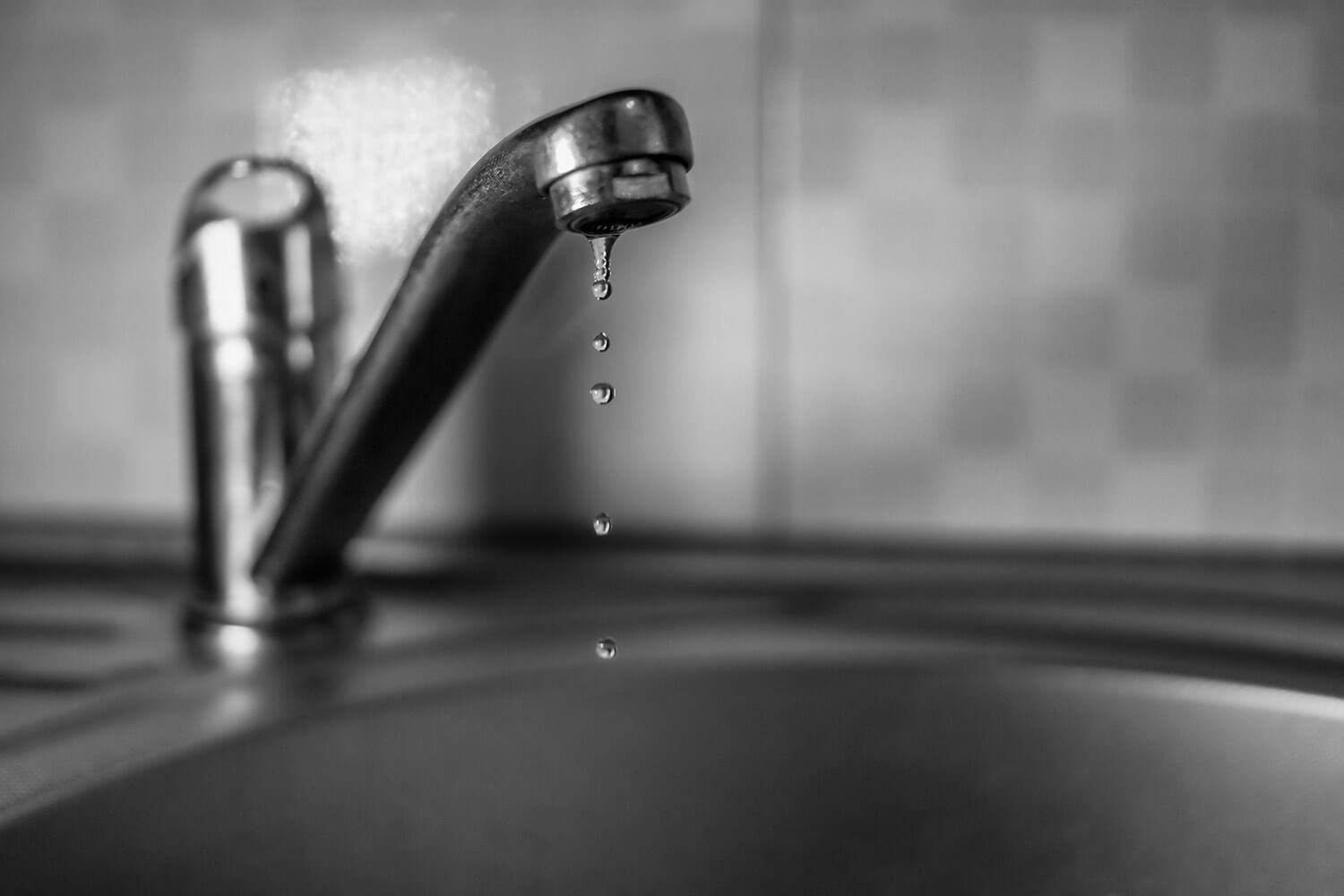We have discovered this great article pertaining to How to Find Water Leaks directly below on the web and felt it made perfect sense to write about it with you in this article.

Leaks not only create waste of water but can likewise create unneeded damage to your house and also advertise unwanted natural development. By looking and also understanding for daily circumstances that create leakages, you can protect your home from future leaks and unnecessary damage.
Instant temperature modifications.
Extreme temperature changes in our pipelines can trigger them to increase as well as get unexpectedly. This development and contraction might create cracks in the pipelines, specifically if the temperature are below cold.
Corroded water systems
As time goes by, your plumbing system ages and corrosion such as rust may begin gnawing the pipelines. This could be the cause of staining or bending on your pipes. This calls for an assessment with your plumber instantly. Consider changing the pipelines because they are at a higher threat of deterioration than the newer models if our plumbing system is old.
Defective Pipeline Joints
Pipe joints can weaken over time, resulting in water leaks. If you have noisy pipelines that make ticking or banging noises, specifically when the hot water is transformed on, your pipeline joints are possibly under a great deal of stress.
Elbowing in origins
Most water leaks begin outside the residence rather than inside it. You might observe damp spots or sinkholes in your yard, as well as that could mean that tree origins are invading water lines triggering water to permeate out.
Poor Water Connectors
At times, a leak can be caused by loosened tubes as well as pipelines that supply your appliances. In situation of a water connections leakage, you may see water running directly from the supply line or pools around your appliances.
Obstructed Drains
Clogged drains might be irritating and also inconveniencing, but they can often wind up causing an overflow causing break pipes. Maintain removing any kind of materials that may go down your drains that might block them to stay clear of such aggravations.
All the above are reasons for leakages but not all water leaks result from plumbing leaks; some leaks could originate from roof covering leakages. All leakages need to be fixed immediately to avoid water damage.
Leaks not only cause waste of water but can also create unneeded damages to your house as well as promote unwanted organic development. By looking and also understanding for day-to-day scenarios that create leaks, you can safeguard your home from future leaks and also unneeded damage. Today, we will look at six leak causes that may be triggering your pipes to drip.
At times, a leakage can be triggered by loose hoses and also pipelines that supply your devices. In situation of a water connections leakage, you may notice water running directly from the supply line or pools around your devices.
How To Check For Water Leak In Your Home
How To Check for Leaks
The average household's leaks can account for nearly 10,000 gallons of water wasted every year and ten percent of homes have leaks that waste 90 gallons or more per day. Common types of leaks found in the home are worn toilet flappers, dripping faucets, and other leaking valves. These types of leaks are often easy to fix, requiring only a few tools and hardware that can pay for themselves in water savings. Fixing easily corrected household water leaks can save homeowners about 10 percent on their water bills.
To check for leaks in your home, you first need to determine whether you're wasting water and then identify the source of the leak. Here are some tips for finding leaks:
Take a look at your water usage during a colder month, such as January or February. If a family of four exceeds 12,000 gallons per month, there are serious leaks.
Check your water meter before and after a two-hour period when no water is being used. If the meter changes at all, you probably have a leak.
Identify toilet leaks by placing a drop of food coloring in the toilet tank. If any color shows up in the bowl after 10 minutes, you have a leak. (Be sure to flush immediately after the experiment to avoid staining the tank.)
Examine faucet gaskets and pipe fittings for any water on the outside of the pipe to check for surface leaks.
Undetected water leaks can happen without the home or business owner even realizing. If you suspect a water leak, but not able to find the source. It is time to contact a professional water leak detection service, The Leak Doctor.
How To Find a Water Leak In Your Home
https://www.leakdoctor.com/blog/How-To-Check-For-Water-Leak-In-Your-Home_AE197.html

Do you like reading up on How to detect water leaks in your home? Write a remark below. We will be delighted to see your thinking about this blog entry. Hoping to see you back again later on. Do you know another person who is intrigued by How to Find Water Leaks? Take a moment to share it. Thanks for your time spent reading it.
Instant Quote